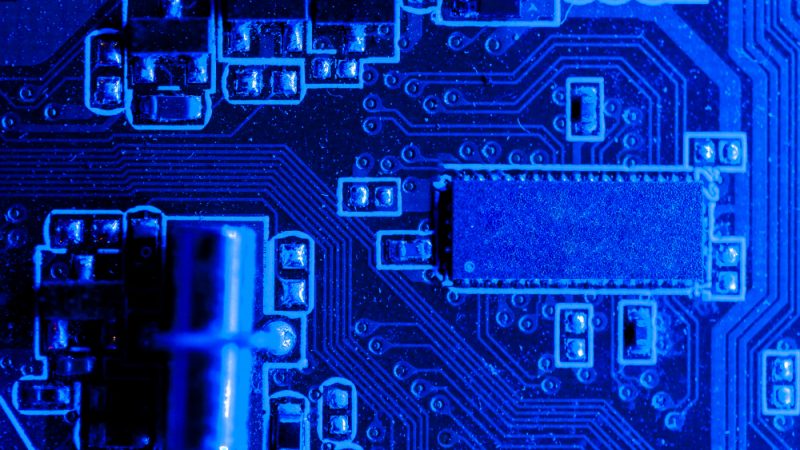How Anti-Drone Systems Are Protecting Our Skies From Hackers

Anti-drone systems have become a common security measure for airports and other high-profile locations around the world. These systems use lasers and sensors to detect and track drones, and then use various tactics to block the link between the drone and its remote controller.
The benefits of anti-drone systems are clear. They protect public safety by preventing unauthorized aircraft from entering restricted airspace, and they protect critical infrastructure by preventing damage from crashing drones. In addition, they can be used to gather valuable intelligence on enemy movements or plans.
However, while these systems are highly effective at protecting public safety, they can also be used to interfere with legitimate drone operations. For example, an anti-drone system mounted on a military aircraft could interfere with civilian drone flights in the area. Thus, it is important to balance the benefits of anti-drone systems against their potential drawbacks.
What Anti Drone Solutions Do?
With drones becoming more prevalent in society, it is important to ensure they are protected from potential hacks. Anti-drone solutions exist to help protect airspace and prevent unauthorized access to the devices.
One example of an anti-drone solution is the use of radar-based systems. These systems can detect and track drones in flight, preventing them from entering restricted areas or crashing into other aircraft. Another example is the use of cybersecurity algorithms to monitor drone activity and guard against unauthorized access. By doing this, it is possible to detect any malicious intent or activities carried out by a drone user.
Overall, anti-drone solutions aim to protect airspace and prevent unauthorized access to devices. By implementing these solutions, society can safeguard both their privacy and safety while using drones.
How Does an Anti-drone Solution Work?
An anti-drone system is a type of security system that uses lasers or radio waves to interfere with drones. These systems can be used to protect airspace and prevent unauthorized drone flights. They use a variety of methods to disable drones, including disrupting their navigation or communication systems.
Alternative What Happens When You Hack a Drone?
Anti-drone systems are one of the many technologies being used to protect our skies from hackers. Hackers can use drones to interfere with or damage other objects or aircraft. This is why anti-drone technologies are so important.
Some of the most common anti-drone technologies include radio frequency identification (RFID) tags, jamming, and lasers. RFID tags are placed on objects or aircraft and read by receivers in a drone. If the tag is tampered with, the drone will not be able to find it and will stop working. Jamming reduces the range and accuracy of signals sent by a drone. Lasers can disable a drone’s engines or camera.
Conclusion
Hackers are always looking for ways to breach security and gain access to valuable information. One way they do this is by infiltrating systems in order to steal data or even shut them down completely. As technology advances, so too does the hacking potential of these systems. But thanks to anti-drone systems, we are able to protect our skies from these sorts of attacks. By using sensors and software that can identify and track drones, we are able to keep them out of harm’s way while still allowing us to carry out necessary tasks.






